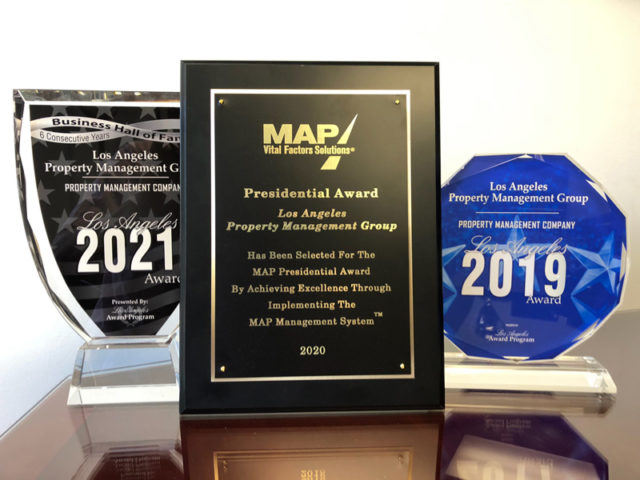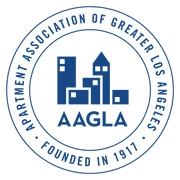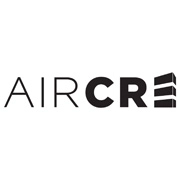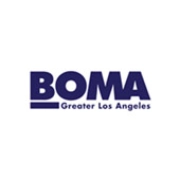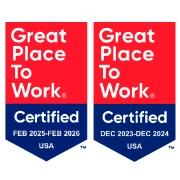As mold issues in the living space have become common place these days there seems to be a lot of questions and misinformation surrounding how it should be dealt with. As a Certified Microbial Consultant and Certified Microbial Remediation Supervisor, I have heard my share of wives tales regarding the proper treatment of mold. And with the advent of the internet, most apartment tenants will do some research online. The problem is that a lot of people think that everything they read online is factual, and with the internet full of conflicting mold information, nothing could be further from the truth.
Probably the most common mistake that I hear people make is that they spray the visible mold with chlorine bleach to “kill” it. In fact, doing this can make the indoor environment more hazardous for those who suffer from the effects of mold. I have also heard people consistently state that they have the “black mold” or the “killer black mold”. In reality, there is no such thing. While there are many types of mold which are potentially harmful to humans when present in the indoor environment in elevated numbers, most of the effects that are suffered by humans as a result of these elevated microbial spore levels are allergenic in nature. Allergenic responses can be anything from itchy skin, to the cold that doesn’t seem to go away for weeks. It is more likely to affect very young children, the elderly, those who have had recent surgery, or have HIV or other immuno-suppressed people. While you hear stories about people who get very sick or die, in reality the odds on those occurrences are long. You are at more risk driving down the 405 freeway. Typically, when you remove the contamination, the symptoms go away.
As a general rule, when elevated levels of mold are present in the indoor environment, the proper way to correct the problem is to remove the mold spores. Note that I said “remove” and not “kill” the mold spores. This is because mold spores which are very small, in fact so small that they can’t be seen with the human eye, can still be floating through the airstream carrying the mycotoxins that cause problems for humans. According to Wikipedia, mycotoxins…” are a toxic secondary metabolite produced by organisms of the fungi kingdom, commonly known as molds. The term ‘mycotoxin’ is usually reserved for the toxic chemical products produced by fungi that readily colonize crops. One mold species may produce many different mycotoxins, and the same mycotoxin may be produced by several species.” The point is that regardless whether the mold spore is alive or dead, it can still carry the mycotoxins that humans want to avoid. This is why removal, rather than killing, is the correct strategy.
Mold spores are everywhere in our environment. There isn’t a home in existence that doesn’t have mold spores in the air. These mold spores, which float around in our airstream are extremely small. For illustration purposes, the tip of a human hair has a diameter of 100 microns (100 millionths of a meter). A typical mold spore is closer to 2 microns, or about 50 times smaller than the tip of a human hair. When the mold growth is visible on the inside of your apartment’s surface, you are looking at millions of spores. This is what we would call elevated levels of mold. Whether or not this translates into elevated levels in your airstream is another story. When a mold spore lands on a surface with a food source (any cellulose material) and has an adequate water source, it will start to multiply.
At some point if the water source goes away, the mold can go into “stasis” until the water supply is replenished and growth resumes. Another effect of the mold getting dry from a lack of water supply is that the spores start to aerosolize. This means that these tiny, light mold spores, mycotoxins and all, join the airstream that you breathe. This is a natural reproductive mechanism for the mold spores. This also occurs when you spray chlorine bleach onto the mold spores. While the mold spore may die, all this means is that it can’t reproduce, but that fact is insignificant in our indoor environment. Dead mold spores in our air are not necessarily any better than live mold spores, at least when it comes to human health.
Another fact that is little known by the typical home or apartment owner is that when you see mold growth on a surface in your home, any type of disturbance of the mold growth will dramatically raise the number of spores floating through your breathing air. This means that blowing air across the mold is a big mistake. Generally the protocol is to clean nonporous surfaces like metal, tile, or stone and removal of porous surfaces like drywall or medium density fiberboard (cabinet boxes and moldings typically), which some people know as “particle board”. When contaminated materials are being removed, the level of mold spores in the airstream can increase by thousands of times. This is why remediation is typically done under a “containment” which uses some type of HEPA filtration and typically a negative pressurization of the containment. Hepa filtration is a type of air filtering that uses “High Efficiency Particulate Arrestor” filters.
Remember earlier when we discussed that mold spores were tiny, on the order of 2 microns (millionths of a meter). To qualify as HEPA by US government standards, an air filter must remove (from the air that passes through) 99.97% of 0.3 micron particles. A normal vacuum filter will not stop particles of this size. In fact when you vacuum up particulate of this size from your carpeting, you are in fact re-aerosolizing those items back into your breathing air, where they will float around until they settle out onto another surface eventually. Unless an air filter is rated as HEPA, it will likely do little good in the battle against mold in your air. This includes the ionic and UV filtration devices that are widely marketed.
When it comes to mold issues in the indoor environment, it pays to have accurate information on how to deal with the situation, rather than some of the common misconceptions that prevail in the marketplace. The Environmental Protection Agency (EPA) has a pamphlet titled, “ A Brief Guide to Mold, Moisture, and Your Home”, which can be downloaded for free at: http://www.epa.gov/mold/publications.html
Mike Cosley is a Certified Microbial Consultant and has performed thousands of mold remediations. Called on as an expert to testify in the largest mold case in U.S. history, he is one of the leading authorities in the field. He can be contacted at www.cdforensics.com or by phone at (661) 510-6181.

